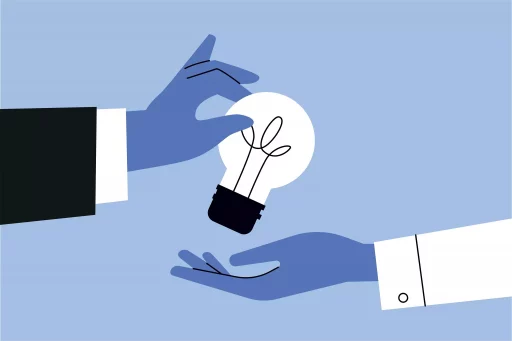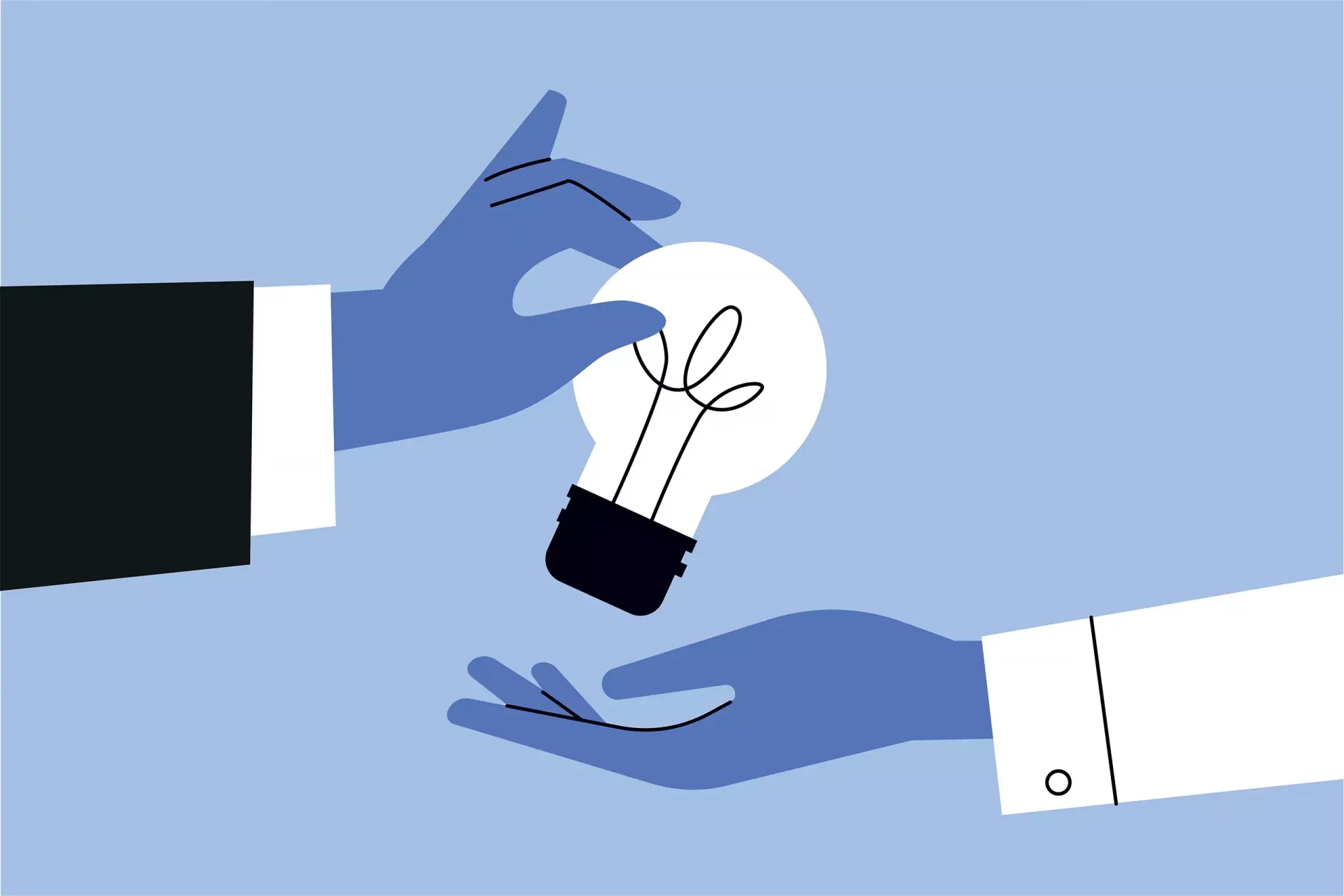Introduction to Bingo
Bingo is a popular game often played in social settings, renowned for its simplicity and excitement. The game involves a set of numbers randomly drawn, with players marking off those numbers on their cards. Its allure stems from chance and the potential for winning prizes, leading to its enduring popularity across generations.
What Does Bingo Mean?
The word “bingo” refers to both the game and the cry of excitement used when a player completes a winning combination on their card. The term conveys joy and success. It’s also become a cultural expression used broadly in various contexts, sometimes indicating that someone has successfully figured something out.
The History of Bingo
The origins of bingo trace back to the 16th century in Italy, evolving through France and Germany until it reached the United States in the early 20th century. Below is a brief overview of its historical milestones:
- 1530: The Italian game of Lotto is first recorded, which laid the groundwork for modern bingo.
- 1778: The first lottery games are introduced in France, playing a crucial role in the development of bingo.
- 1929: The game is officially named “Bingo” in the United States, following its introduction at carnivals.
How Bingo is Played
Bingo is traditionally played on a card containing a 5×5 grid with random numbers. The dealer calls out numbers randomly, and players must match them on their cards. Here’s how the game operates:
- Players receive cards with five rows and five columns. Each column represents a letter in the word “BINGO”.
- The dealer randomly draws numbers and announces them.
- Players mark off the called numbers on their cards.
- The first player to complete a pre-defined pattern (row, column, or diagonal) shouts “Bingo!” to claim victory.
Bingo Variants Around the World
While traditional bingo remains a staple, different cultures have put unique spins on the classic format:
- UK Bingo: Often played with 90 balls and cards with 3 rows and 9 columns.
- American Bingo: Played with 75 balls and a card with a 5×5 grid, often including patterns like “Four Corners” and “Coverall”.
- Housie: A variation popular in Australia and India, played with loud announcements and a focus on community engagement.
Benefits of Playing Bingo
Bingo is more than just a game; it offers several benefits that contribute to its popularity:
- Social Interaction: Bingo is often played in groups, making it a great way to meet new people and strengthen social ties.
- Cognitive Skills: The game requires players to focus, listen, and quickly recognize combinations, which enhances cognitive function.
- Fun and Engagement: The thrill of the game keeps players engaged, providing entertainment and stress relief.
Bingo Statistics
The popularity of bingo is underscored by impressive statistics that reflect its global reach:
- According to a survey, over 75 million Americans play bingo at least once a year.
- In 2021, the global bingo games market was valued at approximately $2.3 billion and is projected to grow significantly in the coming years.
- In the UK, bingo clubs are estimated to generate around £500 million in revenue annually.
Case Studies: Bingo in Community Building
Many community organizations leverage bingo as a tool for engagement and fundraising. For instance:
- The Local Charity Bingo Night: A community center organized a monthly bingo night that brought together over 200 residents, raising $5,000 for local charities.
- School PTA Bingo Fundraiser: A school used bingo to fund activities, bringing together parents and kids alike, raising over $3,000 for school programs.
Conclusion
Bingo transcends its simple rules to become a significant part of social gatherings and community functions worldwide. Not only does it entertain, but it also fosters social connections and supports local causes. Whether you’re a seasoned player or a newcomer, the game offers moments of excitement and potential rewards.


